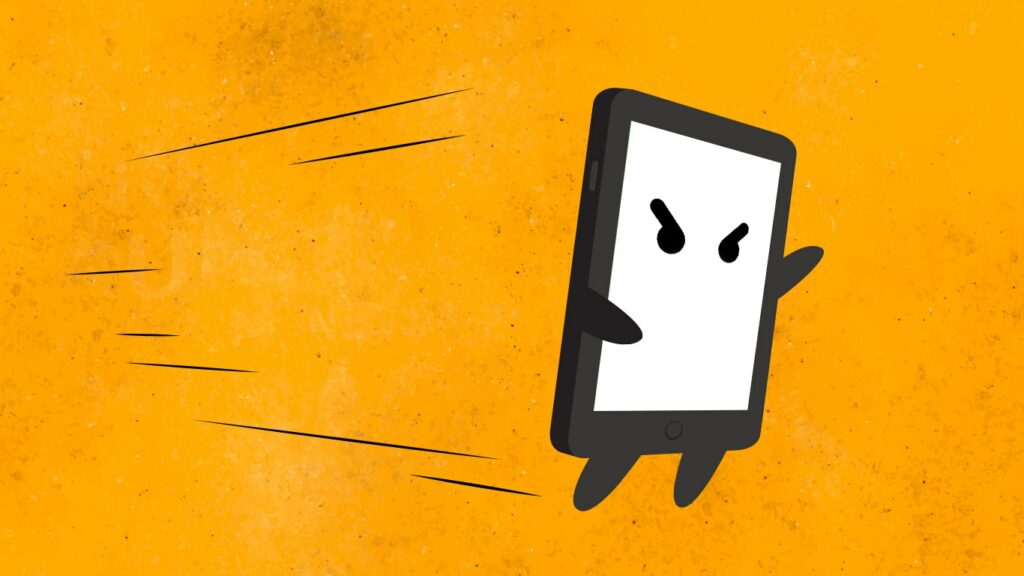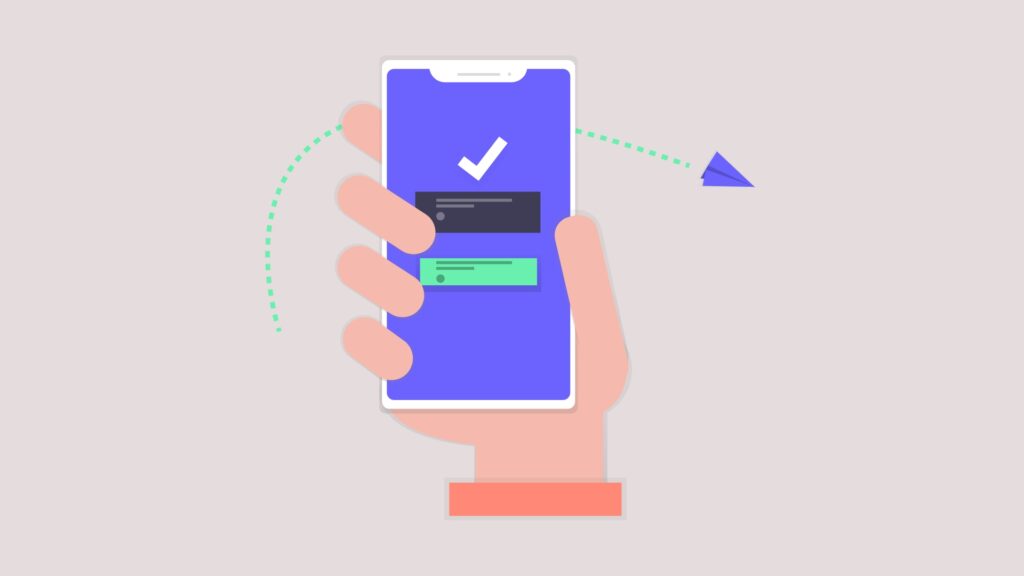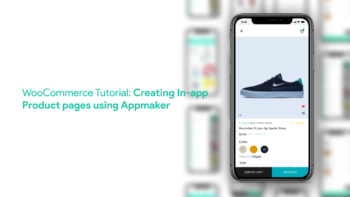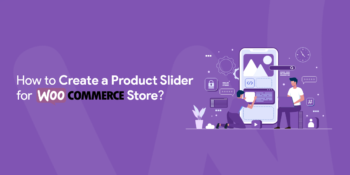
Well, before we get started with customer loyalty techniques, let me tell you about my experience as an app user. Two months ago, when I suddenly got the thought of “getting fit,” I surfed the internet and discovered many apps that serve the same purpose. I took a tour through the reviews and ratings before I clung to an app and downloaded it. The first day I opened the app, and so did the following 3 to 4 days.
As is usually the case, the interest in ‘getting fit’ faded and less served the purpose of the app. not even bothered to update it and eventually ended up not using the app. The days passed and there came the issue with the phone space. Finally, I uninstalled the same fitness app which I was so eager to download.
“Install the app”-This though comes easier than “Update the app”. Yes, I agree that making users download is not easy. But what comes after that is even more difficult.
What your app really serves is really gonna matter after the installation of the app. You can see a fashion in what apps are downloaded by the users. Competition is always one step ahead. Give reasons for users why they should use the app and why keep it even when they are running out of space.
Let’s keep your app out of these…
Yeah, I know you’re looking for customer engagement strategies to boost your store. Before implementing something new, let’s take a look at your present store and see what we can do to it to engage customers with the app.
#1 Letting it crash:
You put all your effort into marketing the app. And when it comes to its performance, make sure that your users don’t experience app crashes. The probability of users uninstalling the app after an app crash is very high. And this is the first of the customer engagement strategies that you wouldn’t want to skip. Therefore, instead of putting yourself in a “hey test my app” situation, test the app before launching.
#2 Slow as snail:
Speed is the first reason why people choose apps over websites. Make sure that your app never lets this ideology down. Believe me, the performance stands up on the ladder when it comes to customer engagement. Don’t mess it up.
#3 Filled up with ads:
Ads are obvious in apps, and it’s a way to add up revenue. I wouldn’t say to cut all of it, but it could turn into an annoying experience for the users if it fills up the app. Moreover, they slow down the speed of the app, and this could be a reason for the users to uninstall your app.
#4 Similar apps (That too free!!):
While launching an app, competition can be there, and it will be even more challenging when some other app serves the same purpose and is free of cost. I know, that’s hurting. This free app has the potential to make you lose all your customer.
To dilute the seriousness of the situation, you can bring in more offers and temporarily compromise prices to drive more customers.
#5 Forcing to signup/ login:
Signups are not always necessary. It can entirely depend on the purpose of the app. There exist apps that do not require any kind of login, but still force the users to sign up.
This is one reason for people uninstalling the app. Even if the signups are necessary for your app, give them a choice at the beginning.
Top Customer Engagement Strategies for Apps
Placing your app on the user’s priority list is essential to boosting user engagement. Let’s look into the points that can help you with user engagement.
#1: The bang entry
Trying to teach the users how to use the app is not what users expect when they first see a video or an introduction to a newly launched app. The onboarding should be something that reflects the value of the app.
You are having your first-ever conversation with the users while onboarding the app. With no doubt, it should be appealing and friendly to the end-users. Since the first-time user experience(FTUE) really matters, follow the latest trends to launch the app.
As said before, it normally includes a walkthrough within the app. Show them that you are launching something that they badly want or have been waiting for.
In order to achieve this, app developers should focus on delivering much simpler and instinctive design and content.
#2: Concentrate on the performance of the app:

All the issues which cause crashing should be properly evaluated and solved. The loading time should be minimal and give no excuse for the users to abandon the app.
The app should be tested thoroughly before you launch it. After all continuous monitoring has to be done. Do not settle with what your app has currently. research and implement new ideas. Regular updates should be provided.
#3: Push Notifications :
By sending push notifications you can increase app retention by 20%. This is the case of a standard push notification. The retention rate can even increase by 7 times if the warnings are personalized. Don’t get too excited to send push notifications.

The app users opt out of the app notifications when they get frustrated due to the continuous push notifications and messages they receive. Send the right number of notifications at the right time and this could help increase customer engagement in your app. You can gain a loyal following of customers by sending the right messages through the app.
And that’s what you are looking for!
#4: Is your app expensive? If yes, explain why.
A majority of the users prefer the cheapest and at the same time the app which delivers higher quality. There will be cases when your competitor is offering the exact product of yours and even with better features. To overcome this issue, you can bring down the price of the product or deliver a much worthier app.
Users browse for alternative apps serving the same purpose if they discover that the money they spend on an app does not worth it. Indirectly tell them why your app is costlier and be up to the point.
Proper research and studies about the competitors before you get into building the app will yield better results. Enhance your app with extra features than the competitor. This can increase customer engagement and retention
#5: “Your friend Ed has earned 10 points..”
Users have the tendency to know what the other users or their friends are doing with the app. Take advantage of this curiosity and send them messages or push notifications saying what their friends have gained from the app or how useful the app has turned out to be for them. This encourages users to engage back with the app.
Use this wisely.
#6: Better rewards
Among the customer engagement strategies, rewards are the most popular among users. Rewarding the customers can even be used to make them download the app. The point is you can give rewards for any purpose that requires customer participation. Because bonuses always work for users. They can help you increase customer loyalty and increase customer engagement. For WooCommerce websites, there are plugins that you can use to add rewards and points to your app.
#7: Easy signups
I don’t like signups. Do you? People always try to avoid filling out long forms. This could be because they don’t want to give away their details, or just because they are too lazy to fill out the forms.
Avoid signups if not necessary. If it cannot be avoided, give a chance to the users to decide whether to signup or not. In such cases, you can provide a social login.

By providing this, the users signing in will not be bothered and for app owners, social login is a better way to collect users’ data and it helps to provide personalized service.
Conclusion
The performance and features of the app are the topmost customer engagement strategies. And You have to make sure that your app features meet the standards.
After making the users download the app. The performance of the app is so crucial. If that doesn’t crack then the users won’t give a second chance. Choose the best app builder and build your app with the latest feature set.










No Comments
Leave a comment Cancel